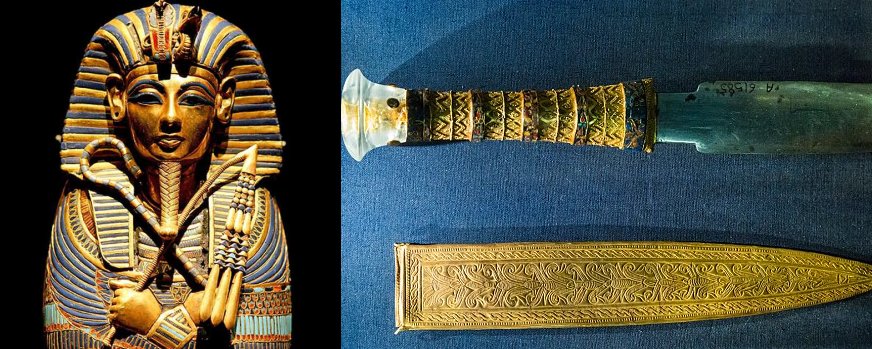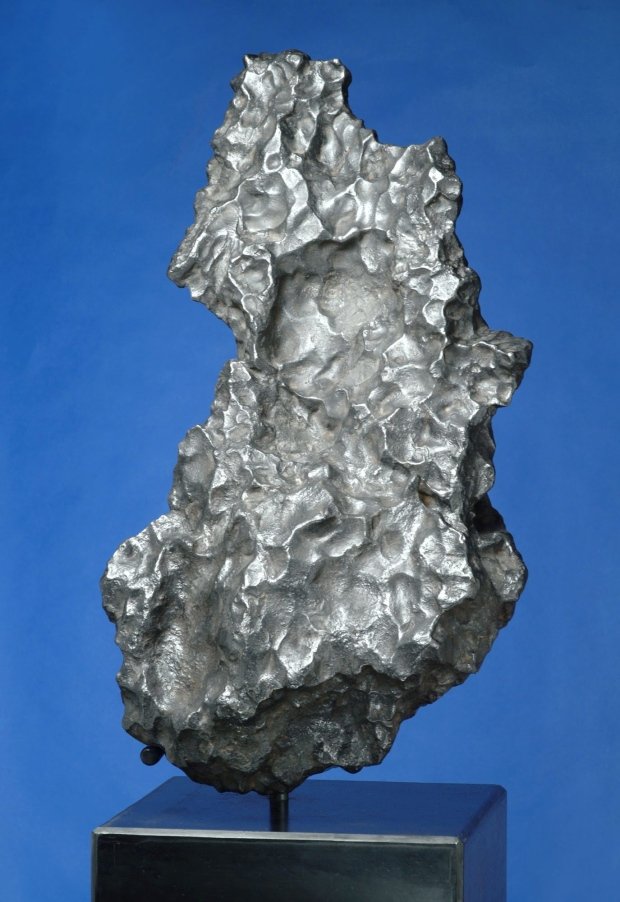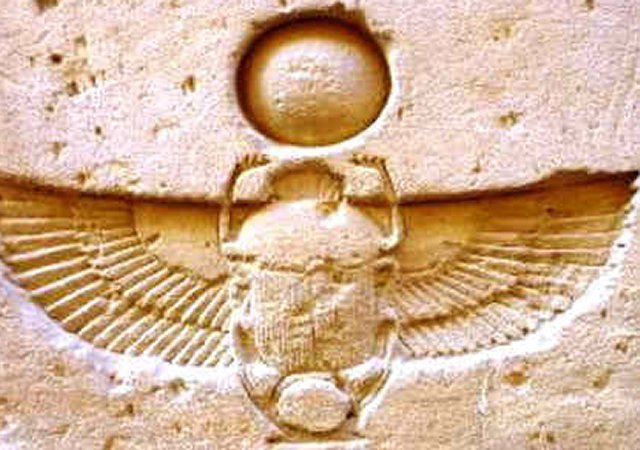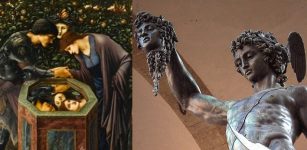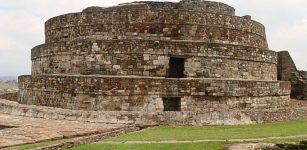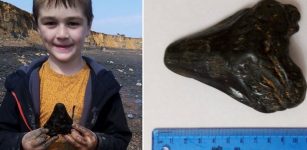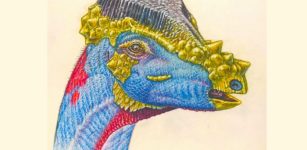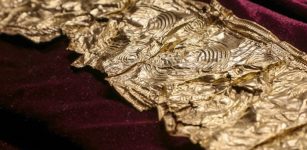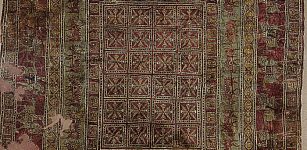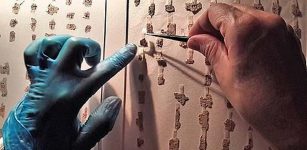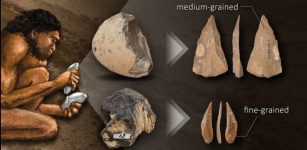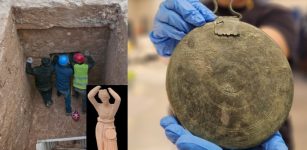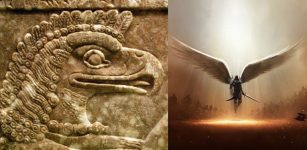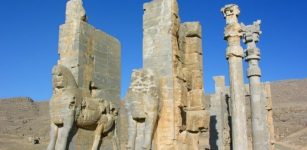Tutankhamun Had An Ancient Dagger From Outer Space
Conny Waters - AncientPages.com - Tutankhamun, the Egyptian pharaoh of the 18th dynasty had an ancient dagger from outer space, archaeologists have revealed.
The dagger, buried alongside Tutankhamun was made from the metal of a meteorite. Italian and Egyptian researchers think the cosmic dagger was placed next to 18-year-old King Tut's mummified body, presumably in the hope he could use it to protect himself in the afterlife.
Tutankhamun reigned during the period of Egyptian history known as the New Kingdom or sometimes the New Empire Period. He has since his discovery been colloquially referred to as King Tut. The legendary boy king is perhaps the most famous of all the Egyptian monarchs due to his mysterious early death.
An exquisitely decorated golden dagger found inside the sarcophagus of Tutankhamun has been found to have a blade made from iron that came from a meteorite. Image credit: Daniela Comelli/Polytechnic University of Milan)
On 4 November 1922, Egyptologist Howard Carter and his team found steps that led to Tutankhamun's tomb.
Carter spent several months cataloguing the antechamber before opening the burial chamber and discovering the sarcophagus in February the following year.
He recorded these movements in his journal, and this diary, which recently went on display at the Ashmolean’s ‘Discovering Tutankhamun’ exhibit.
Howard Carter opening the tomb of Tutankhamun.
Since then we have gained much more knowledge about King Tut and his life, but there are still many unanswered questions.
The recent discovery shows material from outer space was sacred to ancient Egyptians who might even have thought meteorites possessed magical properties.
Researchers at the Egyptian Museum in Cairo, Milan Polytechnic, and Pisa University used x-ray scanning technology to examine the composition of the metal.
See also:
Secrets Of The Scarab – Ancient Sacred Symbol In Human History
They found the remarkably well preserved blade, which had suffered little corrosion while buried with its owner, contained high levels of nickel, along with traces of cobalt and phosphorus.
They were able to match the chemical composition of the blade to a meteorite named Kharga, which was found in 2000 on the Maras Matruh plateau in Egypt, 150 miles west of Alexandria.
The dagger, is considered to be one of the most outstanding items to have been retrieved from Tutankhamun's tomb due to the fine metal work is shows.
King Tut's tomb also contained other objects with a link to the cosmos.
A 355-pound iron meteorite from Campo del Cielo crater field in Argentina. Iron meteorites typically contain about 10 per cent nickel and less than one per cent cobalt, like King Tut's dagger blade. (Darryl Pitt, The Macovich Collection/Associated Press)
The young king was buried wearing a scarab amulet thought to be made of a type of glass found a remote area of the Libyan desert, which was formed when a meteorite smashed into the Earth's surface. Scarab is one of the oldest and widely used symbols of the ancient Egyptians. Egyptian pharaohs worshipped dung beetles and most probably it was symbolically as sacred to the Egyptians as the cross is to Christians.
It is still not clear how and why King Tut died, but experts have put forward a number of competing suggestions.
Some have claimed he was assassinated, others insist he died of an illness similar to malaria. Some researchers have suggested he was hit by a chariot. His death remains an unexplained ancient mystery.
Written by - Conny Waters - AncientPages.com Staff

